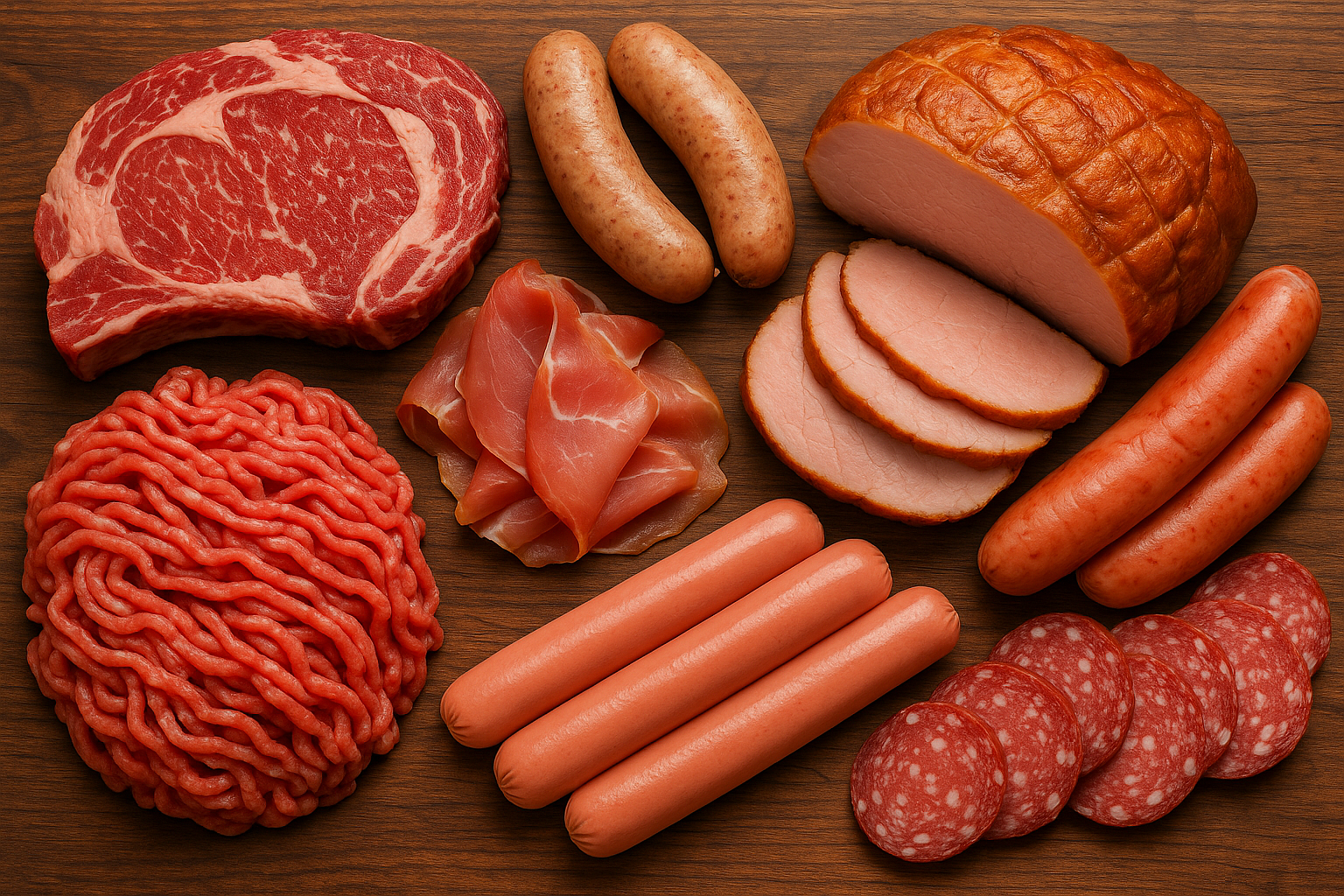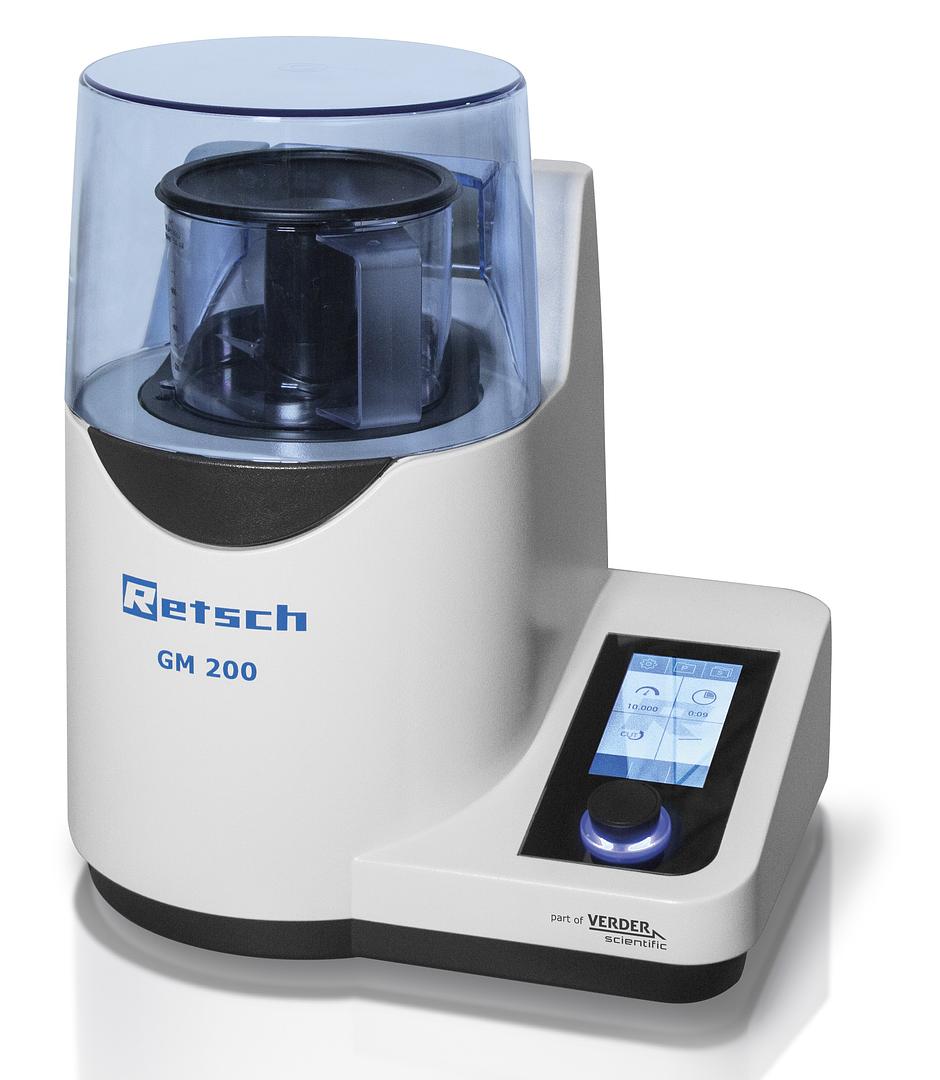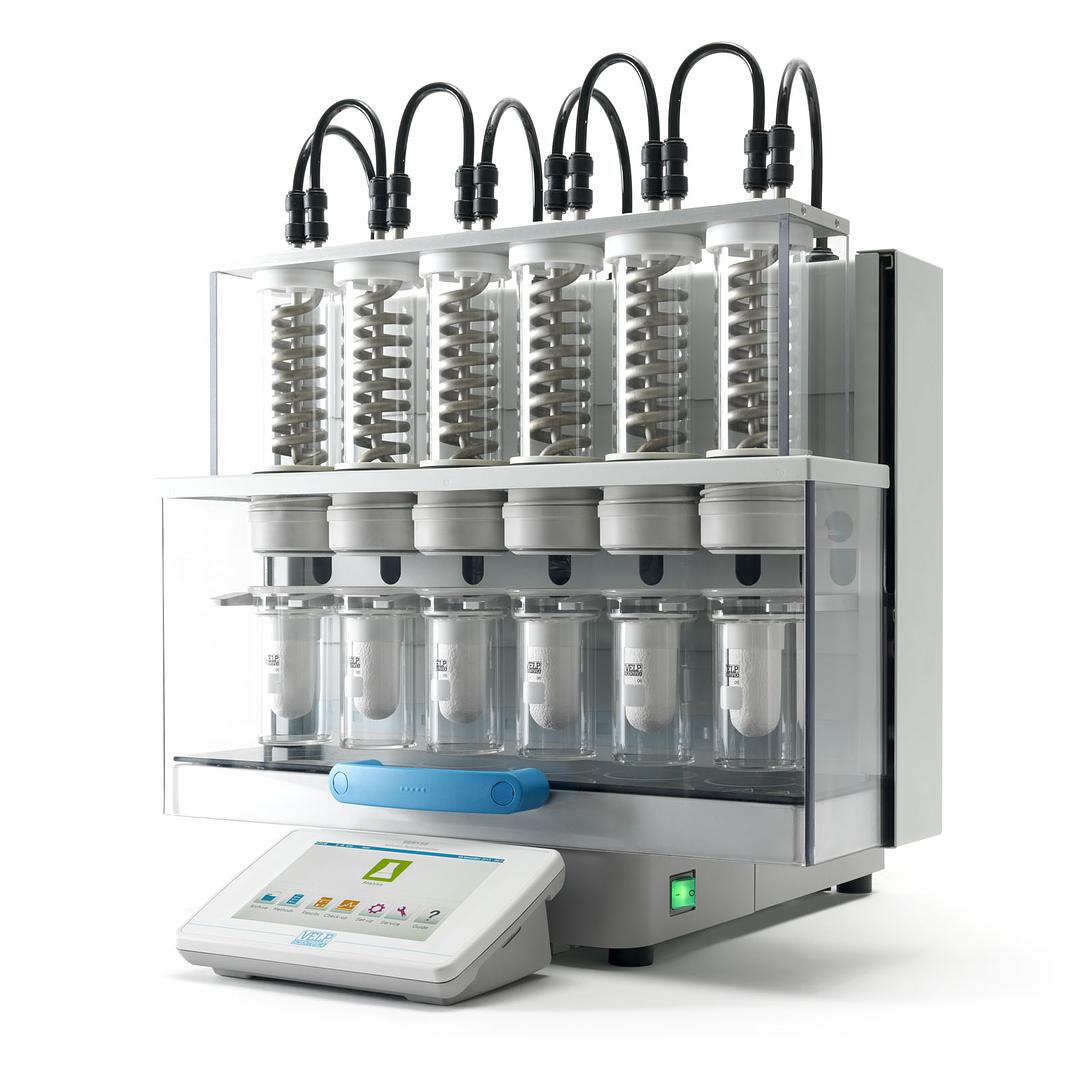
Many of us underestimate how much of the work in fat analysis actually happens before extraction begins. With meat and meat products, sample prep is often the weakest link – and it’s the culprit behind inconsistent results, low repeatability, and costly re-runs.
The Sample Prep Challenge
Consider the variety of meat matrices: fresh muscle tissue, jerky, sausage, cured salami. Each has its own structure: water-rich muscle, dense fibers, fat pockets, connective tissue, and even spices. Without proper homogenization, the subsample you weigh for extraction may not represent the whole – yet extraction will proceed as if it does.
Poorly milled meat can smear (in wet samples), clog mills (in high-fat or tough samples), or generate sticky, uneven particles. The result could be inaccessible fat, lower solvent penetration, and gravimetric fat values that swing unpredictably. These errors often masquerade as extractor issues, but the real problem usually lies upstream.
Why High-Energy Knife Milling Matters

A robust knife mill designed for lab workflows - such as the Retsch GM 200 – can cut through these challenges. Its high torque motor and sharp stainless-steel blades generate real shear force, not just compression, so even elastic or fatty tissues are properly fragmented.
In practical testing, fresh meat milled at 8,000 rpm for 20 seconds produced a very fine, homogeneous mass – ideal for subsampling. For tougher materials like jerky, a 10,000 rpm cycle using a combination of interval and continuous grinding reduced particles to mainly under 500 µm. That kind of consistency is critical: it ensures every subsample has a balanced distribution of lean and fat regions.
Because the GM 200 maintains speed under load and avoids overheating (thanks to interval mode), it prevents smearing – meaning fat nodules stay discrete and accessible for extraction.
Extraction: Automation and the Randall Method

Once the sample is properly milled, the next bottleneck is an extraction. Traditional Soxhlet methods carry significant operational burdens: multi-hour cycles, high solvent use, and frequent manual intervention. These constraints limit throughput and introduce significant variability.
The VELP SER 158 – which automates the Randall hot-solvent method – addresses these pain points. In one streamlined run, the system immerses the milled sample in boiling solvent, lowers solvent level automatically, uses condensed solvent to wash the sample, and recovers roughly 90% of the solvent for reuse. Finally, it cools the extraction cups so they can be handled safely.
This automated process drastically shortens cycle time compared to Soxhlet, reduces operator exposure, and maintains consistent extraction conditions run after run.
Study case: Cured Meat Validation
In a validation using Italian-style salami, this combined workflow (knife milling + SER 158 extraction) delivered an average fat content of 34.19% with a relative standard deviation (RSD) under 1% - very close to the labeled 34% fat content. That kind of reproducibility is only possible when the sample is milled uniformly and extraction is tightly controlled.
When the particle size is consistent and the extraction method is fully automated, the result isn’t just a “fat number” – it’s a reliable, scientifically defensible measurement.
If you are battling inconsistent fat values, slow sample throughput, or high operator risk, the issue is probably upstream. Solving the problem means treating sample prep and extraction not as two discrete steps, but as parts of a unified, validated workflow.
Knife milling with a mill like the GM 200 and automated hot-solvent extraction using the SER 158 isn’t just a nice-to-have – for meat laboratories, it’s a difference-maker.
Contact us to read the complete case study.
